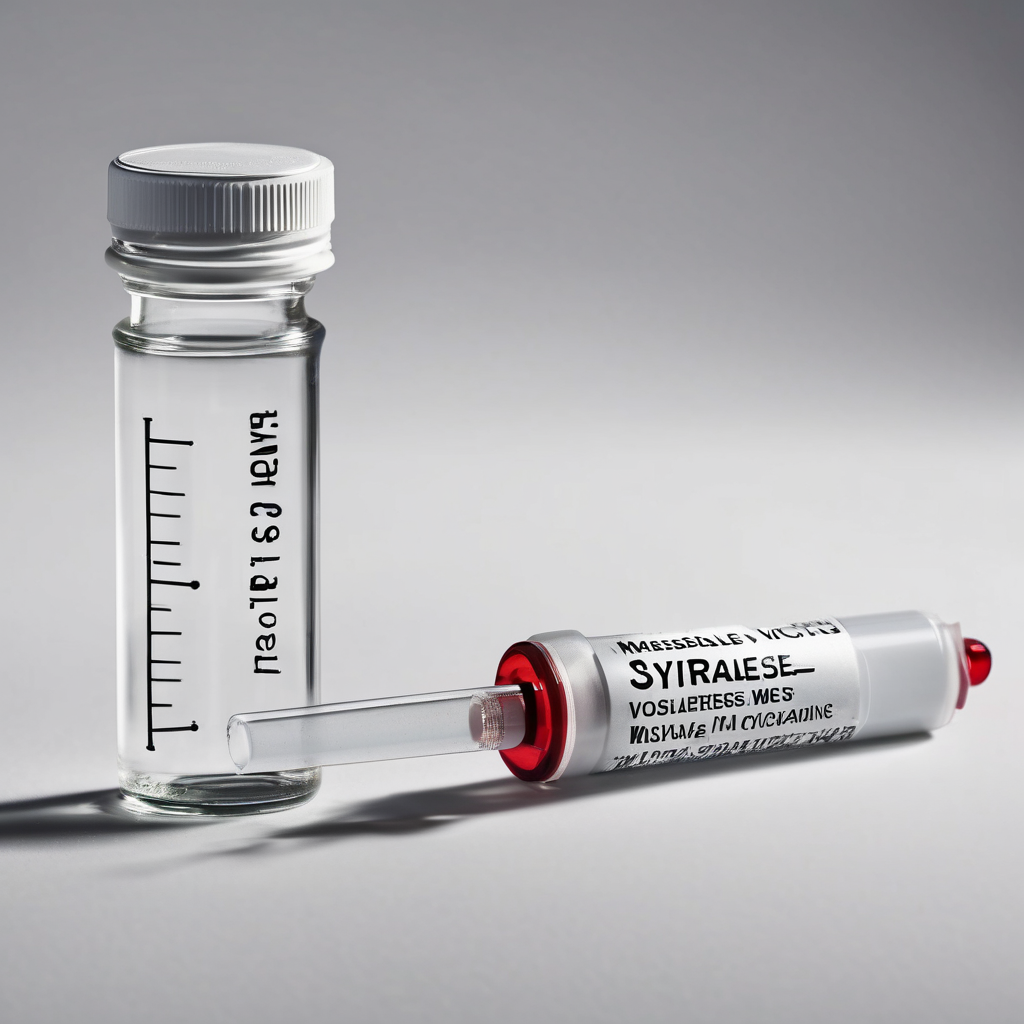The World Health Organisation (WHO) has issued a warning to Aotearoa New Zealand regarding significant gaps in measles immunization, particularly affecting Māori and Pacific communities. A recent review by the WHO indicates that vaccination rates for measles are at their lowest since 2012, placing the nation at risk of another large outbreak if these gaps are not addressed. It highlighted troubling disparities, noting that only 72% of Māori children under five are vaccinated, compared to 82% for the general population. To prevent outbreaks, health experts assert that a minimum of 95% vaccination coverage is necessary.
New Zealand achieved measles elimination in 2017 but experienced a major outbreak in 2019 that led to over 2,000 infections and nearly 700 hospitalizations, predominantly among young children. Currently, the nation reports eight confirmed measles cases in regions including Manawatū, Nelson, Northland, Taranaki, Wellington, and Auckland, raising concerns about potential community transmission.
Dr. Corina Grey, Director of Public Health, echoed the concerns of the WHO, stating, “We know Māori and Pacific children are still missing out—that’s something we have to fix.” Pacific health researcher Dr. Chris Puliuvea pointed out that vaccination rates among Pacific communities are also lagging, particularly in areas like the Bay of Plenty, where they are significantly lower than those of other ethnic groups. He stressed the urgency of addressing these vaccination disparities because measles is highly contagious and can be spread easily, highlighting its capacity to infect up to 18 other individuals from one infected person.
Dr. Puliuvea emphasized the need for community engagement and combating misinformation regarding vaccinations, which were significant challenges observed during the COVID-19 pandemic. He urged parents to vaccinate their children, even if they are unsure about their vaccination status, advocating that receiving the full course is beneficial for individual and community health.
In response to these concerning trends, the Ministry of Health has broadened access to vaccinations through pharmacies, general practitioners, and health centers, and introduced incentives for timely childhood immunizations. Dr. Grey reinforced the message that “every child vaccinated helps protect the whole community,” underscoring the collective effort needed to enhance vaccination rates.
The proactive measures being taken, alongside community awareness initiatives, provide hope for bridging these immunization gaps and ultimately protecting the health of vulnerable populations within Aotearoa New Zealand. With sustained efforts and collaboration, there is potential for improved health outcomes for all children, paving the way for healthier communities in the region.
